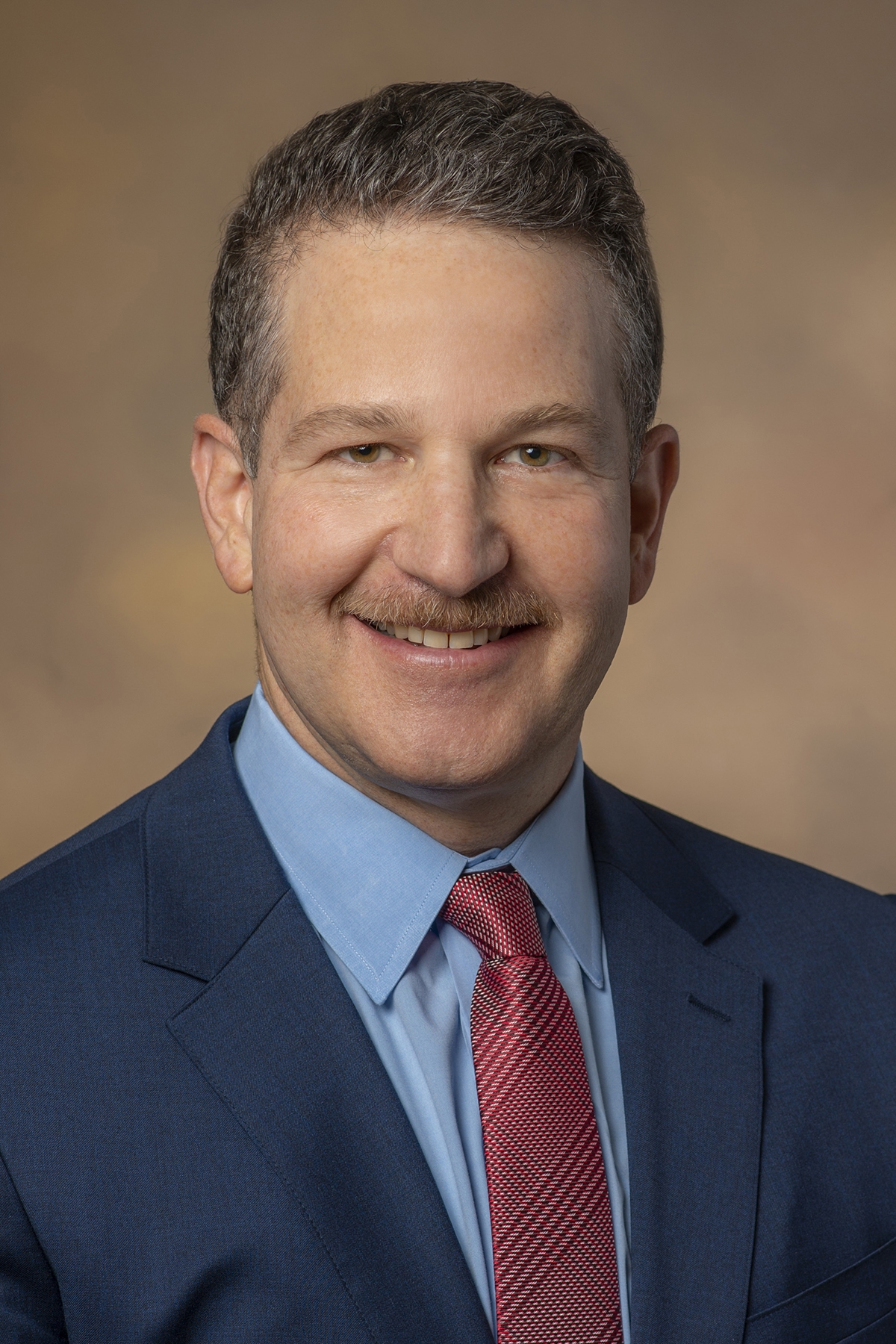
The world is experiencing a mental illness and addiction epidemic. While the sharp escalation of these conditions is directly related to the pandemic (e.g., social isolation and loneliness, fear of illness, grief, and occupational, leisure, and financial losses), the prevalence of mental illness starkly rose over the past decade. For example, in 2017-2018, 19% of adults experienced a mental illness, an increase of 1.5 million people over the previous year’s dataset. Indeed, life dissatisfaction, hopelessness, and “Deaths of Despair” (i.e., mortality from specific causes including drug overdoses, suicides, and organ system diseases among young and middle-aged adults of all racial groups) had been rising prior to the pandemic. These expanding rates of mental illness and addiction are compounded with the realities that in the field of psychiatry, nearly 55% of providers are 55 years or older, and that on average, only 7% of U.S. medical school graduates apply for residency training in psychiatry. The workforce is not expanding quickly enough to provide direct care to all those in need.
Increasing access, expanding the workforce, developing digital diagnostics and therapeutics that leverage advances in artificial intelligence, training non-mental health and lay providers (e.g., peer supports, promotores) will help address these challenges. However, even with creative scientific, clinical, and public health solutions, the demand for care will continue to outpace supply.
As clinicians, educators, and researchers in mental health, we need to consider our roles in preventing mental illness, and not just treating symptoms and syndromes. There are different definitions and approaches to successful prevention of mental illness and addiction.
As a geriatric psychiatrist, when I am asked about how older adults can stay mentally healthy and “age-in-place,” I suggest ways to prevent or delay the onset of neuropsychiatric conditions. Those efforts include promoting brain health to stabilize cognitive reserve, maintaining health through routine screenings and immunizations, reducing cardiometabolic disease, preventing falls, minimizing nuisance medications, addressing loneliness, encouraging physical activity, and ensuring that housing is safe and age appropriate.
Similar age-relevant prevention initiatives can be encouraged for children, adolescents and young and middle-aged adults. Efforts such as these – in the clinic, in schools, in the community, and at the level of policymakers and insurers – are tremendously needed to reduce the rising prevalence of mental illness and addiction and tackle the growing demand for mental health care.

